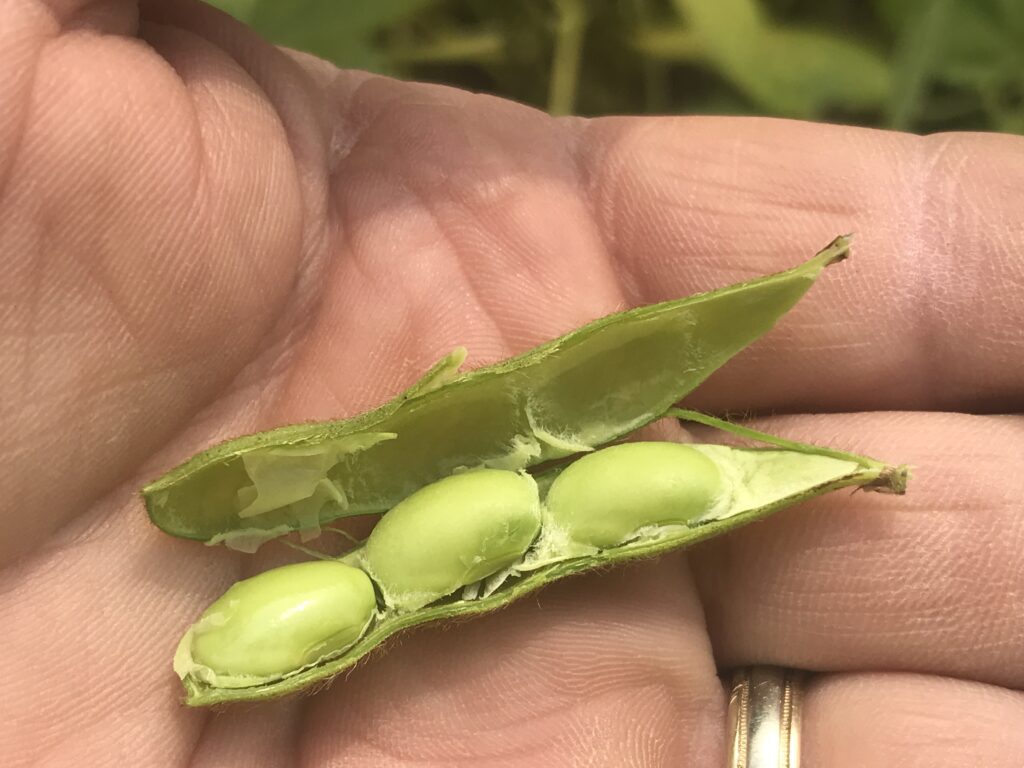Plant Tissue Analysis
Soybean leaf tissue analysis involves sampling the top fully developed trifoliates (three leaflets plus petiole) at first flowering. Take at least 20 trifoliates collected randomly from the area in question. Table 1, Interpretation of Plant Analysis for Soybeans, shows expected values at first flower. It’s important not to contaminate leaf tissue with soil. Do not […]

